100 Essential Silent Film Comedies
100 Essential Silent Film Comedies
James Roots
ROWMAN & LITTLEFIELD
Lanham Boulder New York London
Published by Rowman & Littlefield
A wholly owned subsidiary of The Rowman & Littlefield Publishing Group, Inc.
4501 Forbes Boulevard, Suite 200, Lanham, Maryland 20706
www.rowman.com
Unit A, Whitacre Mews, 26-34 Stannary Street, London SE11 4AB
Copyright 2017 by Rowman & Littlefield
All rights reserved . No part of this book may be reproduced in any form or by any electronic or mechanical means, including information storage and retrieval systems, without written permission from the publisher, except by a reviewer who may quote passages in a review.
British Library Cataloguing in Publication Information Available
Library of Congress Cataloging-in-Publication Data
Names: Roots, James, 1955 author.
Title: 100 essential silent film comedies / James Roots.
Other titles: One hundred essential silent film comedies
Description: Lanham : Rowman & Littlefield, 2017. | Includes bibliographical references and index.
Identifiers: LCCN 2016052684 (print) | LCCN 2017008440 (ebook) | ISBN 9781442278240 (hardcover : alk. paper) | ISBN 9781442278257 (electronic)
Subjects: LCSH: Comedy filmsCatalogs. | Comedy filmsEvaluation. | Silent filmsCatalogs. | Silent filmsEvaluation.
Classification: LCC PN1995.9.C55 R66 2017 (print) | LCC PN1995.9.C55 (ebook) | DDC 016.79143/617dc23
LC record available at https://lccn.loc.gov/2016052684
 The paper used in this publication meets the minimum requirements of American National Standard for Information SciencesPermanence of Paper for Printed Library Materials, ANSI/NISO Z39.48-1992.
The paper used in this publication meets the minimum requirements of American National Standard for Information SciencesPermanence of Paper for Printed Library Materials, ANSI/NISO Z39.48-1992.
Printed in the United States of America
Acknowledgments
This is my opportunity to profusely apologize to Steve Rydzewski for failing to credit him as the supplier of two photographs in The 100 Greatest Silent Film Comedians one of Al St. John (page 263) and another of Paddy McGuire, Ben Turpin, and unknown (page 379). These were both generously provided by Steve, and I am grateful to him for his support and his cheerful patience in awaiting proper credit.
As with my earlier book, I had confidently relied upon Robert S. Birchard to supply me with the vast majority of photos for this book. Only ten weeks before my deadline, unthinkably, Bob died. His collection has been tied up as a consequence, and I was unable to acquire anywhere close to the 100 photos I wanted. Bob was one of the greatest keepers of the flame of silent films; he is keenly missed now, and he will be profoundly missed for many years to come.
I would like to thank those who were able to help with photos from their own collections: Bruce Calvert, Derek Boothroyd, Ben Model (Undercrank Productions), Claudia Sassen, Steve Massa, and once again, Steve Rydzewski.
Information about casts, crews, and histories of the films discussed in this book was collected from the best sources; that is to say, not from the IMDb or Wikipedia, but from Brent Walkers Mack Sennetts Fun Factory (2010), Robert Kleppers Silent Films 18771996 (1999), Robert Connellys The Silents: Silent Feature Films 19101936 (1998), Ephraim Katzs The Film Encyclopedia (various editions), Leonard Maltins various movie guides and his books on Our Gang and movie comedy teams, Glenn Mitchells various encyclopedias, Kalton Lahues books, and many other publications by the likes of David Robinson, Anthony Slide, Tom Dardis, Jeffrey Vance, Richard M. Roberts, and so on, not to mention the American Film Institute (AFI) catalogue compiled largely by Bob Birchard. I verified listings and credits from these publications against the evidence of my own eyes in watching my copies of the films; I have at least one copy of every film listed herein except three, which I watched on YouTube: Fireman, Save My Gal! (1919, George Ovey), Jerrys Mother-in-Law (1913, Sidney Drew), and Madame Behave! (1925, Julian Eltinge).
Introduction
My previous book was all about ranking the greatest silent film comedians on a scale of 1 to 100 in descending order. To provide some semi-objective legitimacy to the rankings that would hopefully take them beyond the level of mere personal opinion, I devised a scorecard that rated each comedian on the basis of funniness, creativity, teamwork, timelessness, appeal, and intangibles. This provided a quasi-scientific structure to justify calling Charlie Chaplin and Buster Keaton joint numbers 1, and Cliff Bowes sole number 100. It justified some rankings that boggled a few readers, those who thought I was nuts to crown Phyllis Haver number 12actually tied for number 11while denigrating the revered Ben Turpin as number 29, Snub Pollard as number 49, and Lloyd Hamilton as number 31.
The resultant book, pointedly titled The 100 Greatest Silent Film Comedians , fairly compared apples with apples and could therefore use the superlative greatest to decide among them.
For the book you are now reading, I intend to compare apples with oranges, bananas, and raspberries. (I leave it to you to figure out which film matches up with which fruit.) That is, all of the films in this book would be comedies, but they would be of various lengths, various styles, various epochs, and even various countries.
When you do this, you cannot really build a fair structure of comparison. What structure could reasonably evaluate a 70-second practical joke such as The Biter Bit (1900) against a 70-minute complex slapstick feature such as The Gold Rush (1925), let alone a 90-minute swashbuckling adventure such as The Mark of Zorro (1920)? On what grounds can you force a Mlis magician comedy from 1898 to stack up against a 1932 Japanese social-reality comedy like I Was Born, But... ?
Since it is impossible to devise a rational chart of comparison, I couldnt in all conscience call this book The 100 Greatest Silent Film Comedies . It would have made sense to call it 100 Great Silent Film Comedies , but that feels too nondescript. Compromise led to the title of 100 Essential Silent Film Comedies .
Not all of the films included herein rank among the greatest. I think all of them are terrific in at least one way or another, if not entirely great all the way through. If the goal is to provide you with guidance as to which silent comedies you really ought to seea bucket list, if you willthen essential is closest to being the right word to use.
I confess, though, that even essential is a term that troubles me. And I will point to the one movie that exemplifies the difficulty: Tillies Punctured Romance (1914). This is supposedly the first feature-length comedy film ever made (the more cautious historians add the qualifier: in Hollywood), and as such, it has always been classified as an essential inclusion in any kind of film history. You can no more leave it out of the silent movie narrative than you can leave out The Birth of a Nation (1915).
Well, Ive left it out.
And not just to prove the rebel in me isnt dead yet.
This is a book about comedy films, and Im a purist about comedy: its got to make me laugh , dammit! A comedy film that doesnt make me laugh is a lousy comedy film, and a lousy comedy film by its very nature cannot be an essential comedy film.
Tillies Punctured Romance is one of the worst films ever made, comedy or otherwise. It stars about a million silent clowns, nearly every one of whom I love and enjoy, and was made by Mack Sennett, whom I proudly claim as a countryman. Its the film that made Charlie Chaplin a staror, rather, it elevated him from star status to megastar status. And it doesnt give me one solid laugh.
I get about three half-smiles out of it. One is the sight of ten liveried servants in the house of Millionaire Banks trying to look busy by repeatedly dusting the edge of one picture frame and making the tiniest adjustment to the position of a sofa cushion (there were actually five servants, but Sennett filmed them in two rooms to make it look double the number). The second half-smile is when Chaplin, desperate to get married to Tillie as fast as possible, grabs the first available holy book and shoves it into the hands of the minister: its a tattered phone book.
Next page
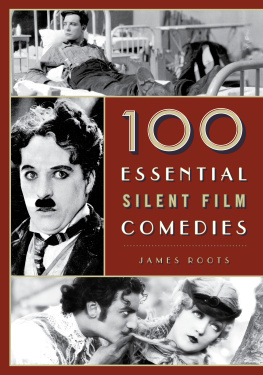
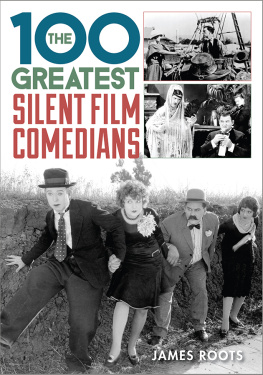
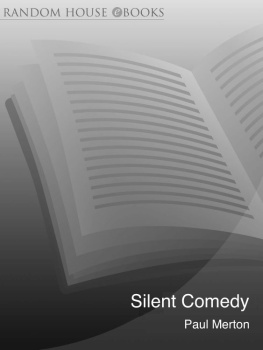
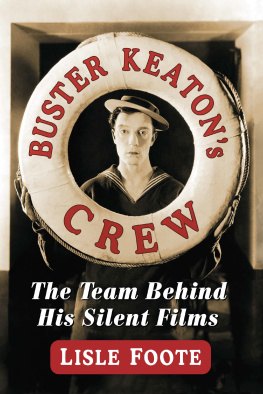

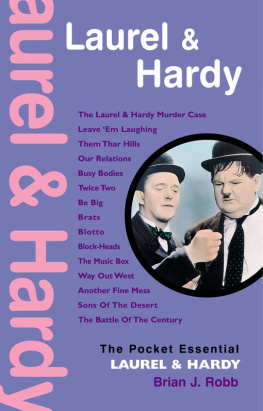


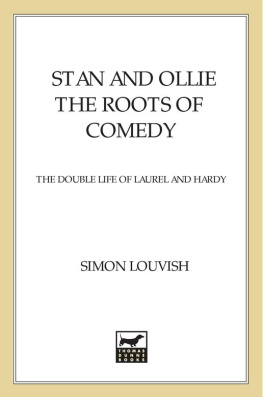

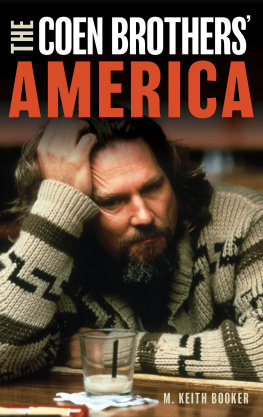
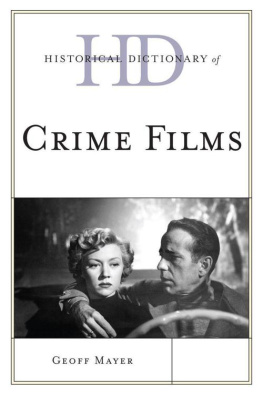

 The paper used in this publication meets the minimum requirements of American National Standard for Information SciencesPermanence of Paper for Printed Library Materials, ANSI/NISO Z39.48-1992.
The paper used in this publication meets the minimum requirements of American National Standard for Information SciencesPermanence of Paper for Printed Library Materials, ANSI/NISO Z39.48-1992.